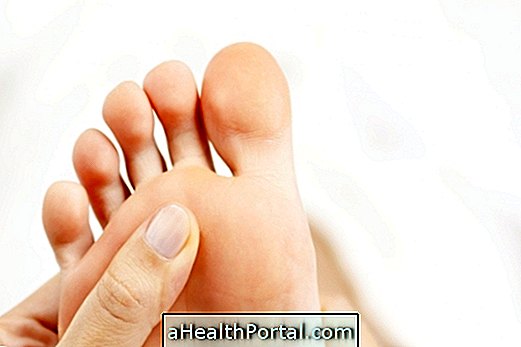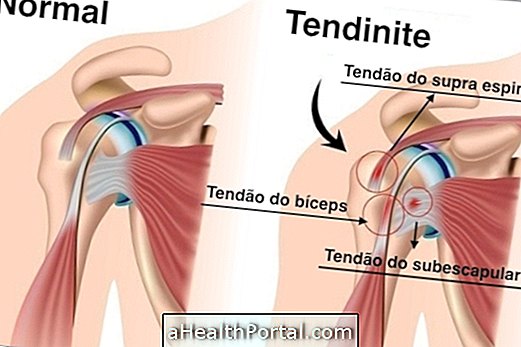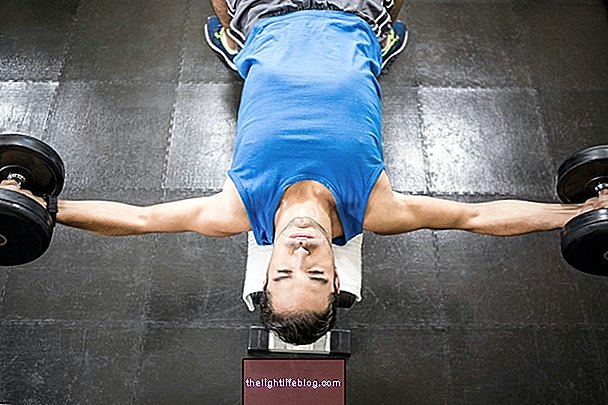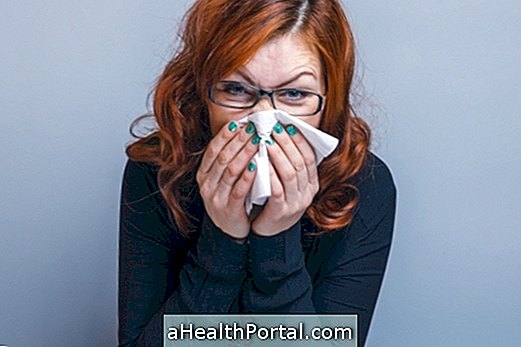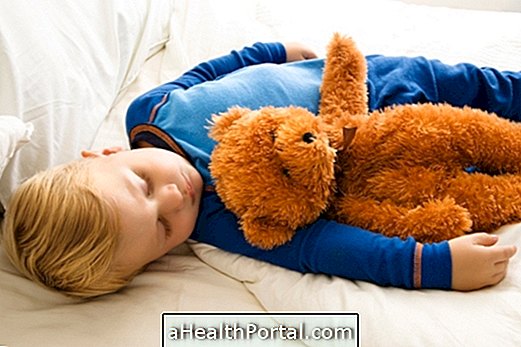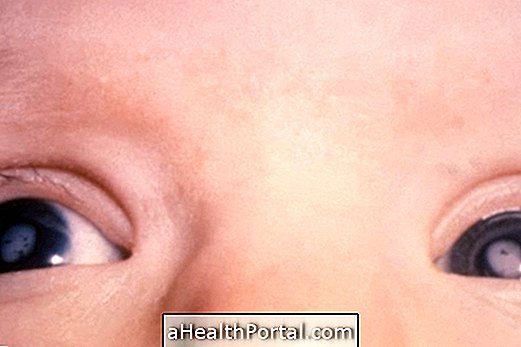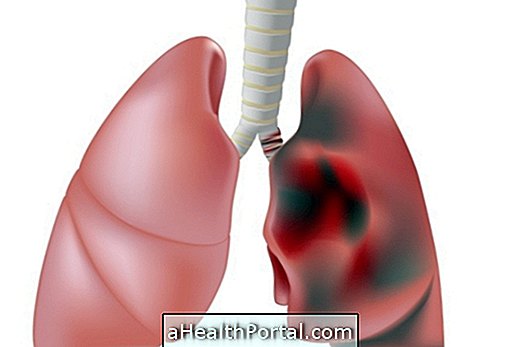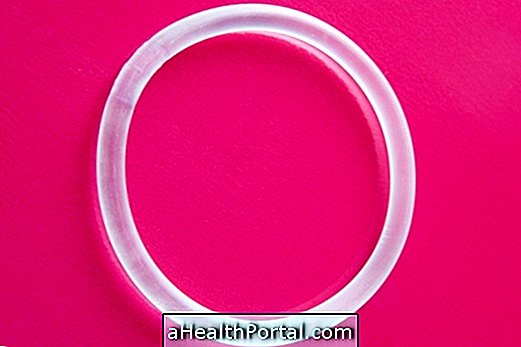Foot pain is a very common symptom that can have several causes, from excessive exercise after a run or walk to orthopedic problems such as tendinitis, spur, arthritis or distension, for example. Generally, foot pain is not serious, and can be treated at home with rest, ice application 2 times a day, in the first 3 days since the onset of pain or massage, for example.
However, if your foot pain does not improve after 1 week or worse over time, it is recommended that you consult an orthopedist or podiatrist for x-rays or CT scans to identify the problem and begin treatment.
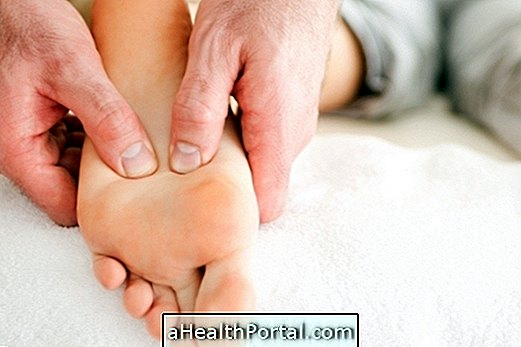
Main causes
The main causes of foot pain include:
- Foot pain when walking: can be triggered by plantar fasciitis, spur, flat foot or bunion, for example, and usually worsens when wearing closed shoes or high heels;
- Foot pain after running: usually a sign of distention or tendonitis and arises after intense exercise, such as running on uneven floor, due to excessive use of tendons;
- Foot pain upon waking: may indicate arthritis, rheumatism or arthrosis and is caused by inflammation of the joints of the foot, decreasing throughout the day;
- Pain in the feet and hands: may be a sign of systemic arthritis or circulatory problems that make it difficult for blood to reach the extremities of the body.
- Foot pain in pregnancy: It is a very common symptom because a woman's body produces hormones that relax blood vessels, causing swelling and pain in the feet, especially at the end of the day.
In addition to these causes, diabetes and skin changes such as ringworm, psoriasis, or fisheye can also cause foot pain, so it is important to examine your feet daily to see if there are changes in the skin or shape of the feet.
How to relieve foot pain
The treatment for foot pain should be guided by an orthopedist or a podiatrist and is usually started with resting of the affected foot and other natural options like doing a daily foot-scaling or doing a massage at the end of the day with moisturizing cream, for example.
In addition, depending on the problem, your doctor may also recommend:
- Wear comfortable, flexible shoes;
- Put an orthopedic insole in old shoes;
- Doing exercises with your feet, such as turning or moving your foot up and down;
- Avoid wearing tight shoes, high heels or standing too long or cross your legs;
In more severe cases of foot pain, the doctor may prescribe the use of ointments or anti-inflammatory sprays, such as Diclofenac or Gelol, as well as surgery for repairing fractures or removal of bunions and spurs.
Here's what you can do at home to relieve foot pain:





